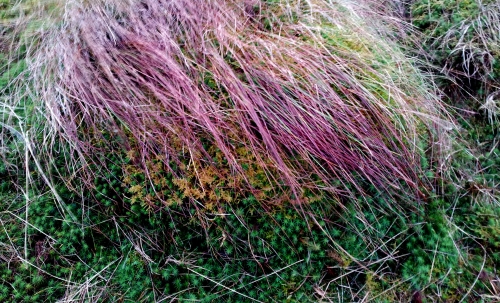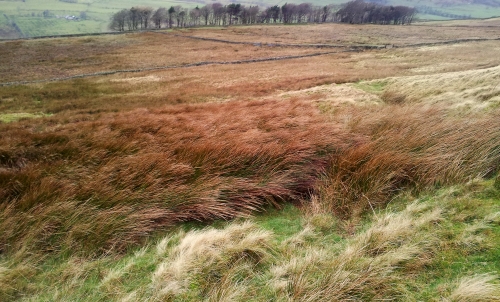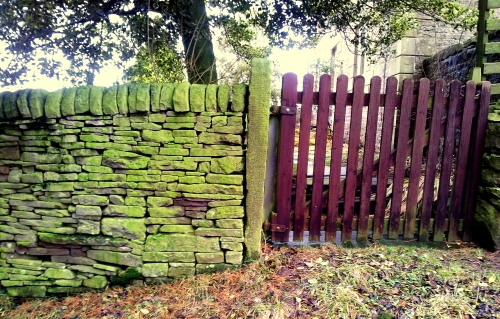Some time ago I made reference to something Zen Master Ryokan wrote about in connection with personal habits of speaking to be aware of. One of them was talking with ones hands My mother did it, she did it a lot! It was almost as if she helped herself to find a word or an expression by wiggling her fingers. And sometimes her hands as well. It wasn’t the kind of use of hands where one adds emphasis such as making a fist to show anger. Or add strength to a welcome with a gesture. We have the saying Welcome with open arms don’t we. There is the custom when ushering in a guest with an open hand and then pointing through into the house or room, arm extended. In this instance words can be cut out all together.
Somebody wrote asking me about this business of talking with ones hands questioning what Ryokan wrote. Personally I don’t think he was talking about adding emphasis, colour, humour, emotion and the like to interactions. More the kind of habitual wiggling my mother did and which I did until the habit was pointed out to me. I think I still use my hands and arms while talking, and hopefully only when needed and I REALLY hope I have kicked the habit of searching for words with my hands.
And as I write this an image comes to mind from a few days ago. I was waiting at the traffic lights and a man with two energetic dogs was waiting to be let into a house. He gave them a dog training gesture, hand flat and horizontal then moved the hand as if to point to their tails. Obedience itself! Calmly they sat, calmly they sat as the door was opened. Calmly they walked in. No mad dash as is quite often the case.
Now another story comes to mind. Of a gran with here grandchild at play school where the pre verbal children are taught to communicate by using their hands to sign what they want, don’t want etc. See Sing and Sign.
Ah communication! Ah language! So full of colour and so ripe for misunderstanding.



